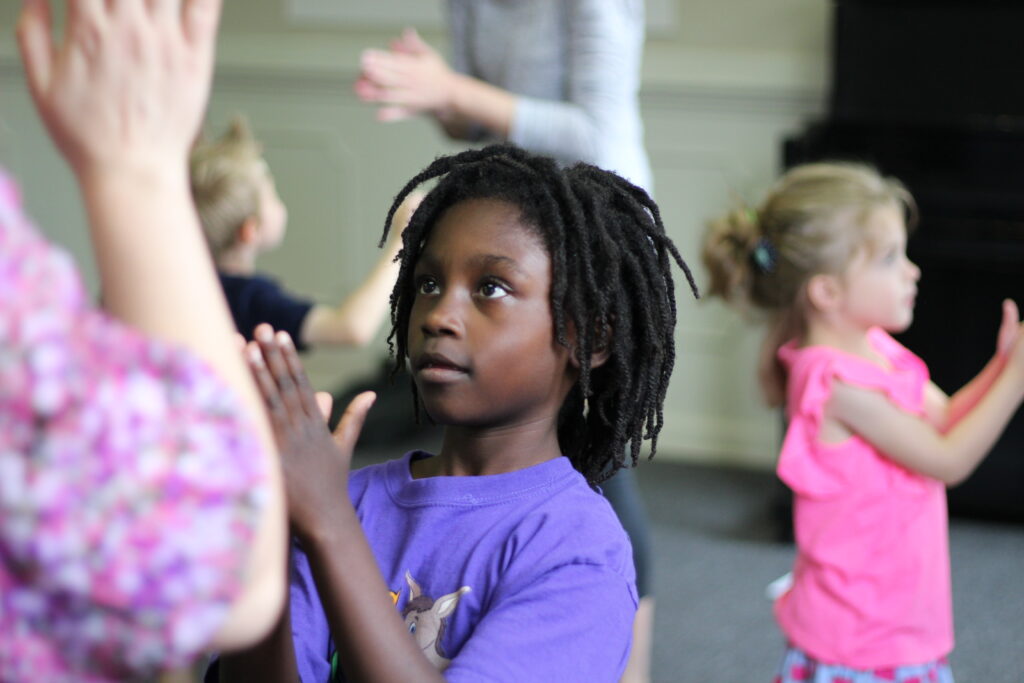This time of year before summer break rolls around is the time when many parents are panicking about finding wholesome activities for their children. Sedentary behavior such as sitting in front of a screen all summer can set them up for health problems down the road.
While there are many camps situated with physical activities, there are fewer that help to keep the brain stimulated. Summer music classes and programs that incorporate music and movement provide both. Getting the word out to parents can be a daunting task, but to reach them most effectively, reach them where they are and tell them what they want to hear. In 2024, you are most likely marketing to millennials. Here are some tips to help you reach them and with the right message.
How to Reach Millennials Both Online and Off
- Create an online destination – Millennials are digital natives, so having a strong online presence is key. Whether it’s a web site for your music studio, a social media presence, or both, online is where millennials look for summertime activities.
- Focus on Experiences, not Material Things – Most Millennials report that they are looking more at experiences for their children, not tangible items. When marketing to these parents, talk about what their kids will do and learn in your summer music program.
- Social Media – 91 precent of millennial parents report using social media, and 74 percent of those are on Facebook. Another 33 percent of parents under 40 are on Instagram. The company Meta (Formerly Facebook) owns both of those social media platforms, and offers Meta Business Suite to manage posts to both at the same time.
- Create UGC (User Generated Content) – 47 percent of millennials have indicated that they trust content created by a peer community versus brand generated content. Encourage current music program parents for testimonials, videos, or images to help boost your network, online and off.
- Provide an Easy Way to Sign up and Pay – Millennial parents are accustomed to, and even prefer the convenience, of paying for things using a web site or mobile device. In your online destination, create an easy way to enroll and pay on the go. There are many available registration and payments systems or apps that millennial parents are comfortable using. With Millennials, convenience is the key.
- Consider Online Advertising – Even as Millennial parents spend a great deal of time online, reaching those outside of your social community can be challenging. While referral incentive programs can help, putting a small budget into advertising can pay off rather quickly. Companies such as Facebook and Google often offer a certain amount of free advertising to get you started, and Facebook Marketplace is free locally!
It can sometimes feel challenging to market to millennials. But like any other target audience, they have preferences and certain tendencies that provide good marketing opportunities. Crafting a message that feels like its talking to them personally while getting it in front of them where they are comfortable will go a long way in marketing your early childhood summer music program.






